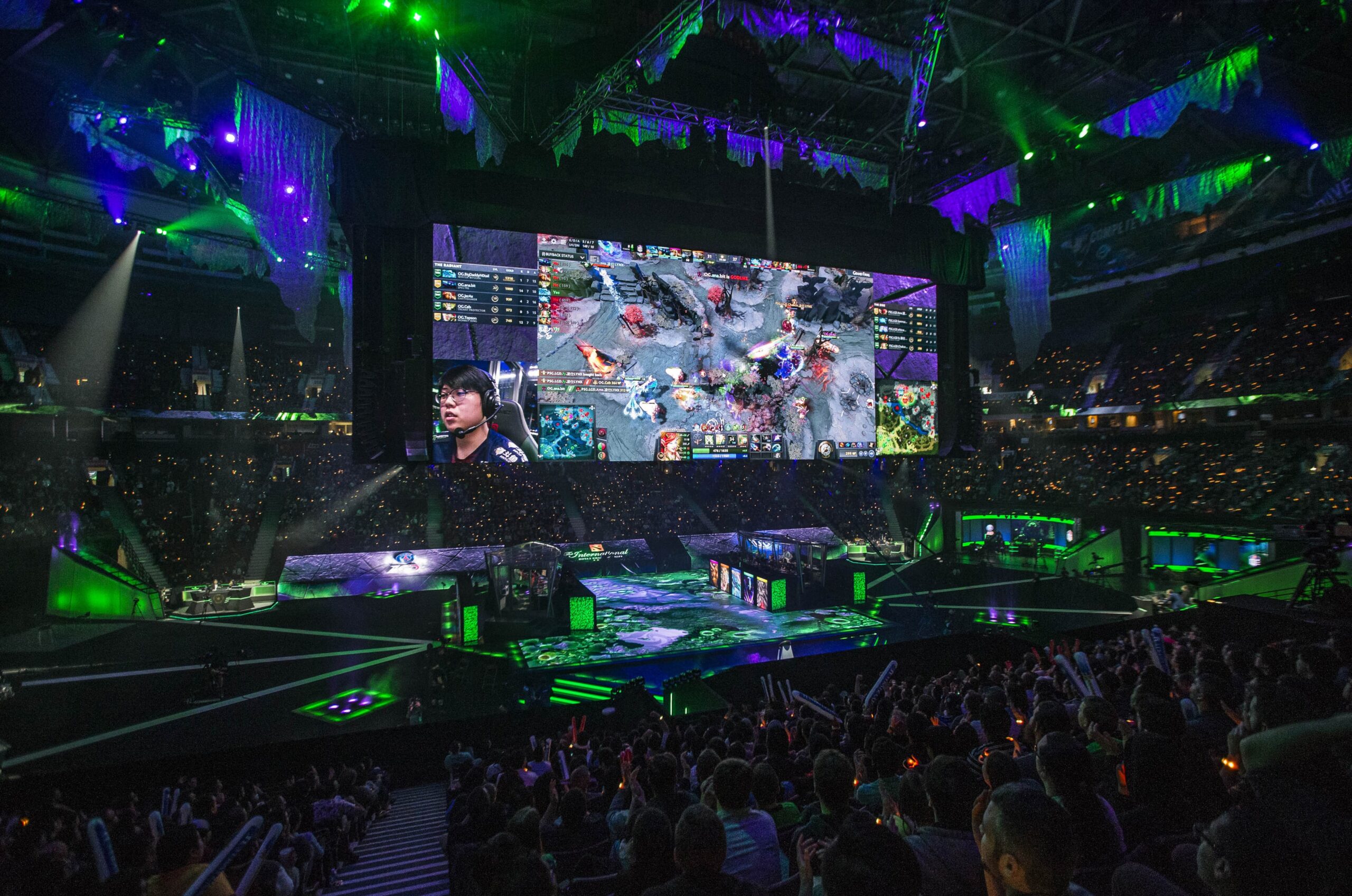Have you ever wondered why most esports games are free? Dial back a few decades and a free game was a crazy idea. Even today, there are only a few big studios who release their games for free, and even decades after a game has been released, it will still cost you a pretty penny to buy.
How come then some games are going for free? The answer is quite simple – community interest. Grassroots involvement from the Dota 2 community, for example, has turned the game into one of the most popular competitive games, and you don’t have to pay anything to play it. In fact, you can even bet on matches between teams at websites such as dota2betz.com.
The Premise of Free Esports Games
Free doesn’t mean that you won’t spend your money on a game. Then again, it’s no longer about being forced into buying the content, but simply because you enjoy it. Let’s take a look at some of the most successful such games.
Dota 2 arrived in 2013 and it has been free to play. Around the same time League of Legends also made its mark on the world and both games were free of any financial chains to begin with.
Did they sacrifice gameplay balance or how much you can get just because you had the game for free? Not at all! Instead, both Valve and Riot focused on cosmetics, allowing every player to find their own unique character appearance and stand out from fellow players.
Nothing about this was mandatory – and it still isn’t. You may play with the basic so-called character skins or cough up a pretty penny to procure something more substantial. Either way, this wouldn’t hurt the balance of the game in the slightest.
So, free games are free because the companies behind them value players and want them to have access to the full – or almost full game – without tipping the scales. Of course, some companies have taken this model and tried to corrupt it, but the community has punished them by burying their games.
Free to Play Is the Future of Gaming
Looking at the lessons of free esports games, it’s fairly safe to say that more developers will seriously consider switching to a fully free to play model. Of course, not all games can afford it. Besides, constantly piling on content is not a good idea as it might wear down a franchise fairly quickly, and often – bad ideas are born.
Game developers can imagine a concept and be convinced that it would work great, but when they put it in practice, the whole thing might misfire. Players are usually very critical of slips, and that is why some developers like the comfort of paid for titles, as they can take their time and make sure every little detail is polished rather than rushing to meet the free content quota. Either way, free to play games will become more influential over the next years.
